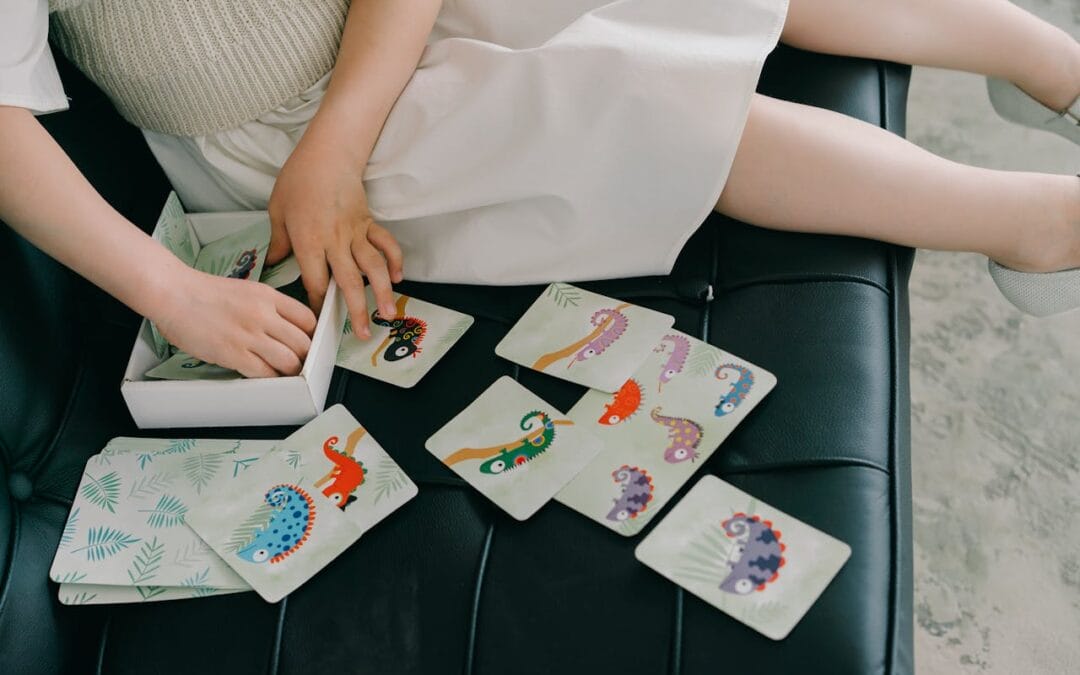Occupational therapy (OT) for kids is all about making everyday activities easier and more enjoyable. It’s a way to help children who struggle with tasks that other kids might find simple, like holding a pencil, tying their shoes, or playing with friends. Through fun and creative activities, occupational therapists work to enhance a child’s ability to perform daily tasks, making them more independent and confident.
Unlike what some might think, OT isn’t a boring medical procedure. It’s a playful and interactive experience that kids actually look forward to. Therapists use games, crafts, and exercises tailored to each child’s needs and interests, so therapy sessions feel less like work and more like playtime.
These activities target different skills, such as fine motor skills, sensory processing, and social interactions. Whether it’s threading beads to help with hand-eye coordination or group games to build teamwork and communication, every activity has a purpose. With the right approach, children not only improve their skills but also have a lot of fun along the way.
Exploring the Basics of Occupational Therapy for Kids
Occupational therapy for kids focuses on helping them develop the skills they need for daily activities. These can include anything from self-care tasks like brushing teeth and dressing, to school-related skills like writing and cutting with scissors. The goal of OT is to make these activities easier for kids, boosting their independence and confidence.
Therapists start by assessing the child’s abilities and challenges. They look at how the child performs various tasks and identify areas that need improvement. This might involve observing the child at play, at school, or in other everyday settings. After gathering this information, the therapist creates a personalized treatment plan.
The treatment plan includes various activities designed to address the specific needs of the child. These activities often feel like play but each one is chosen carefully to target certain skills. For example, if a child struggles with fine motor skills, activities like stringing beads or playing with clay might be included. The aim is to make therapy sessions fun and engaging while working on important skills.
Creative and Engaging Activities for Improving Fine Motor Skills
Fine motor skills involve the use of small muscles in the hands and fingers. These skills are necessary for tasks like writing, buttoning clothes, and using utensils. Here are some creative activities that can help improve fine motor skills:
1. Playdough Fun: Playing with playdough is great for strengthening hand muscles. Kids can roll, pinch, and shape the dough, which helps improve dexterity. You can add tools like cookie cutters and plastic knives to make it even more fun.
2. Bead Threading: Threading beads onto a string is an excellent way to enhance hand-eye coordination and fine motor control. You can use beads of different sizes to increase the challenge as your child improves.
3. Cutting Practice: Using child-safe scissors to cut out shapes or pictures from magazines can help kids develop hand strength and precision. Start with simple shapes and gradually move to more complex designs.
4. Sticker Fun: Peeling and sticking stickers can help with finger strength and coordination. Create sticker scenes or use sticker books to make the activity more engaging.
5. Button Sorting: Have your child sort buttons by size, color, or shape. This activity not only improves fine motor skills but also helps with cognitive skills like categorization and sorting.
These activities are enjoyable and easily incorporated into daily routines. They provide a playful way for kids to improve fine motor skills, preparing them for more complex tasks as they grow.
Exciting Ways to Boost Sensory Integration
Sensory integration is all about how kids process and respond to sensory information from their environment. This includes touch, sound, sight, taste, and smell. Here are some exciting activities to help boost sensory integration:
1. Sensory Bins: Fill bins with various materials like rice, beans, sand, or water beads. Let kids explore by touching and playing with the items. You can hide small toys in the bins for added fun.
2. Obstacle Courses: Create an obstacle course in your living room or backyard using pillows, chairs, and blankets. This activity helps with balance, coordination, and understanding spatial awareness.
3. Swinging and Spinning: Activities involving swings or spinning chairs can help kids with vestibular input, which is crucial for balance and movement. Supervise your child while they engage in these activities to ensure safety.
4. Deep Pressure Therapy: Using weighted blankets or vests can provide calming pressure sensation. You can also give your child a firm hug or massage to help them feel grounded.
5. Messy Play: Activities like finger painting, playing with shaving cream, or making slime can be beneficial. They help kids get used to different textures and sensations while having loads of fun.
These activities not only make therapy enjoyable but also help kids improve how they process sensory information. This can lead to reduced sensory sensitivities and better self-regulation skills.
Fun Group Activities for Social Skill Development
Developing social skills is vital for kids as they learn to interact with others. Group activities offer the perfect setting to practice these skills while also having fun. Here are some group activities aimed at boosting socialization:
1. Team Games: Simple team games like relay races, scavenger hunts, or tag can teach kids about cooperation, turn-taking, and communication. These activities encourage teamwork and social interaction.
2. Role-Playing Games: Setting up scenarios where kids pretend to be different characters (like doctors, teachers, or shopkeepers) helps them practice social roles. This can improve their understanding of social cues and appropriate behaviors.
3. Group Art Projects: Working on a big mural or collective art piece lets kids collaborate and share ideas. This fosters creativity and teaches them to appreciate others’ contributions.
4. Storytime Circles: Gather kids in a circle and take turns telling a story. This activity encourages listening, patience, and speaking skills. Adding a “talking stick” can help manage turn-taking.
5. Peer Socialization Groups: These groups are designed to help kids practice social skills in a supervised setting. Activities in these groups often include games, discussions, and interactive exercises that focus on communication and friendship-building.
These group activities are more than just fun—they help kids learn essential social skills. Through play and interaction, children can become better at navigating social situations, making friends, and working with others.
Final Thoughts
Occupational therapy offers a wealth of fun and engaging activities that help children overcome various challenges. By focusing on fine motor skills, sensory integration, and social development, these activities support a child’s overall growth and independence. The playful nature of occupational therapy makes it enjoyable for kids while they work on essential skills.
Whether it’s threading beads to improve dexterity or participating in group games to boost social skills, the right activities can make a significant impact. Parents and therapists working together can create a supportive environment where children not only improve their abilities but also gain confidence and joy in their daily lives.
If you’re interested in learning more about how occupational therapy can benefit your child, contact Watch Me Shine today. Our dedicated team is here to support your child’s journey toward reaching their full potential. Don’t wait—help your child shine with confidence!

